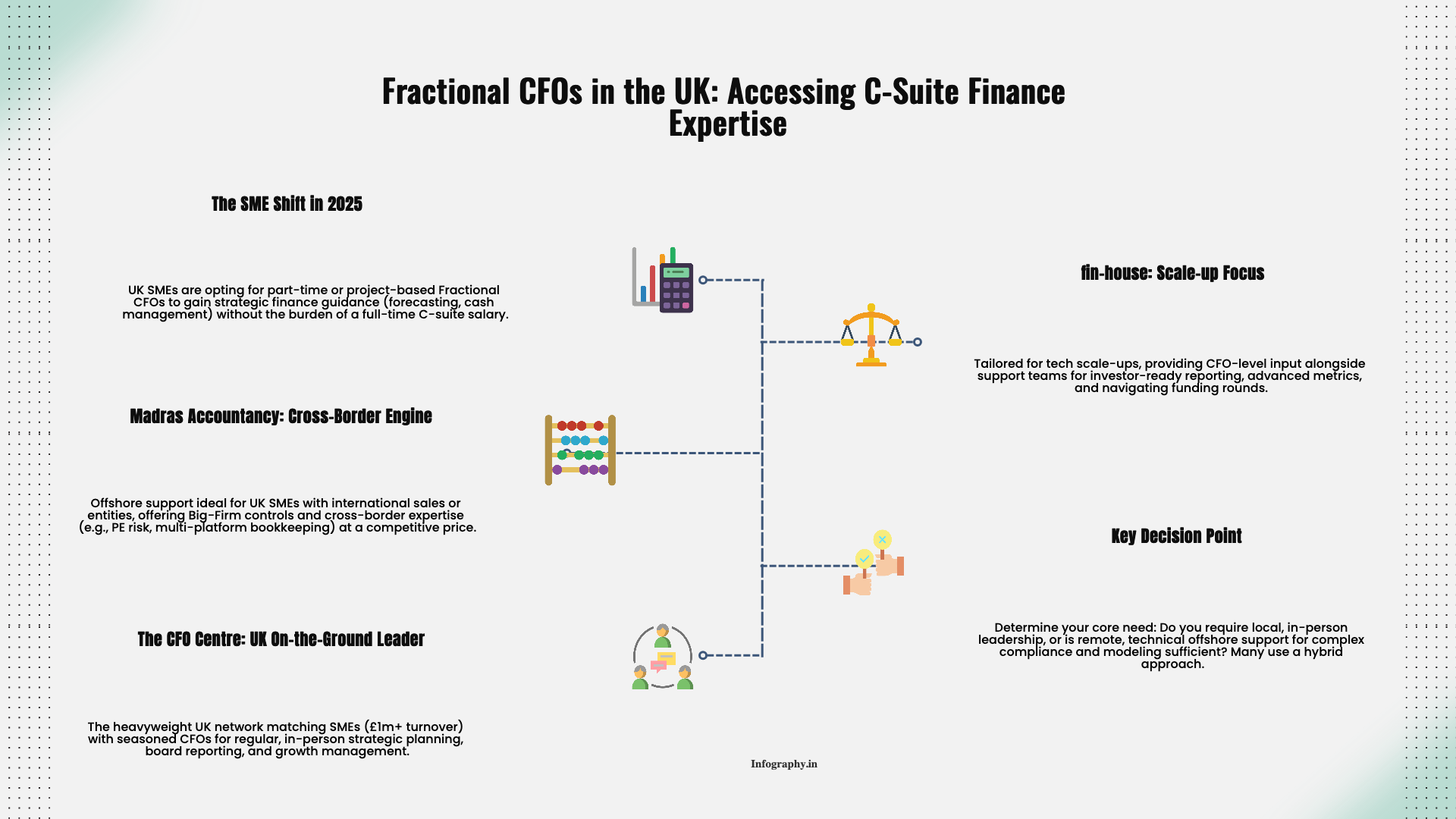At some point in the growth curve, every owner who is tired of dealing with payroll asks the same question: should we hand this off to a Professional Employer Organization, or keep payroll in-house and maybe upgrade tools and processes? Neither route is perfect. Both can work well when matched to the right situation.
To pick a side with any confidence, it helps to understand what a PEO really does, how it changes your legal and administrative setup, and where its benefits level off.
A PEO is a company that enters into a co employment relationship with you. On paper, they become the employer of record for tax and benefit purposes. Your workers still report to you day to day, but paychecks, payroll tax filings, and often benefits administration flow through the PEO's systems and tax IDs.
This setup lets small employers piggyback on the PEO's scale. You might get access to benefit plans that normally require hundreds of employees. You may also see a more polished HR and compliance framework than you could build on your own overnight.
For many owners, the biggest draw is risk reduction. A good PEO watches state and federal payroll rules, updates rates, and files returns on schedule. They help with items like new hire reporting, wage garnishments, and multi state registrations. When you have a handful of employees spread across several states, this hand holding can be a relief.
Bundled benefits are another selling point. By pooling many client companies together, a PEO may negotiate better health insurance rates or a broader menu of plans than a small employer could manage alone. That can strengthen your recruiting pitch in competitive markets.
The co employment structure that brings advantages also introduces complexity. Your employees technically sit on the PEO's payroll. When you want to change something about benefits or pay cycles, you work within their framework. If you decide to leave the PEO, you go through a transition that feels a bit like changing employers on paper, even though the team and business remain the same.
Costs can also surprise people. PEOs typically charge either a flat fee per employee or a percentage of payroll. When you add those fees to the underlying benefit costs, the total can be higher than a well run in-house setup, especially as you scale past a certain headcount.
Running payroll in-house today rarely means doing everything on spreadsheets. Most businesses use cloud payroll software that calculates taxes, issues direct deposits, and files standard forms electronically. The in-house part is about who is responsible for setting things up correctly, maintaining employee records, and reacting when something changes.
If you keep payroll internal, someone on your team needs at least a working understanding of classifications, overtime rules, state registrations, and deadlines. You can still lean on your CPA or an outside advisor, but the day to day decisions sit closer to you.
Instead of asking whether a PEO is good or bad in the abstract, start with a few situational questions:
Smaller teams that want to offer big company benefits and do not mind standardizing processes around a third party often find PEOs attractive. Companies with strong internal operations, or with plans to build custom HR policies, sometimes prefer the flexibility of handling payroll directly.
I have met owners who swore off PEOs forever after one frustrating contract, and others who vowed never to bring payroll back in house after a rough year of notices. The reality is rarely that absolute. Implementation and fit matter as much as the model itself.
Before you commit either way, ask for clear pricing, a breakdown of responsibilities, and examples of how changes will be handled over the next few years. Whether you sign with a PEO or invest in better in-house tools, you want a setup that feels calm and predictable, not one more source of monthly surprises. For guidance on avoiding common payroll mistakes, review our comprehensive checklist.
.png)
December 9, 2025
A straight-talking overview of five small business tax prep options in 2025, including Madras Accountancy, TurboTax, H&R Block, TaxSlayer, and Bench’s books-plus-tax model.

December 9, 2025
An on-the-ground guide to the UK’s fractional CFO ecosystem – London and beyond – including The CFO Centre, fin-house, FD Capital, BKL, BSmart, and how Madras Accountancy fits into cross-border and hybrid models.